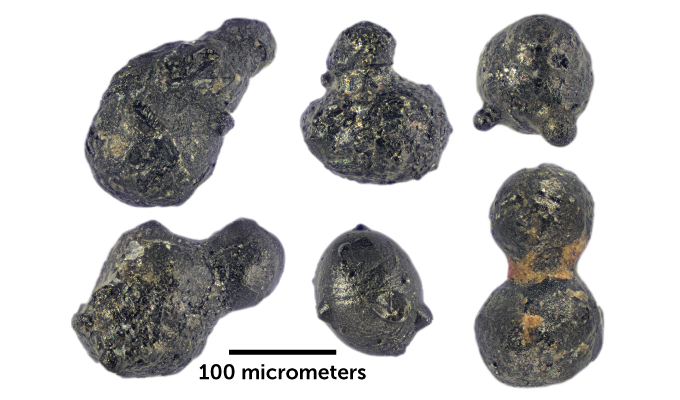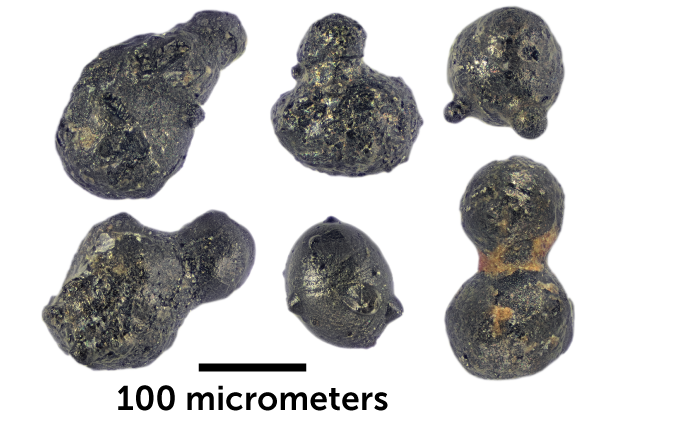A meteor may have exploded over Antarctica 430,000 years ago
A similar impact today in a populated area would be devastating

A small space rock (illustrated) about 100 to 150 meters across shattered as it blazed through the atmosphere over Antarctica about 430,000 years ago, a new study suggests.
Mark A. Garlick / markgarlick.com









